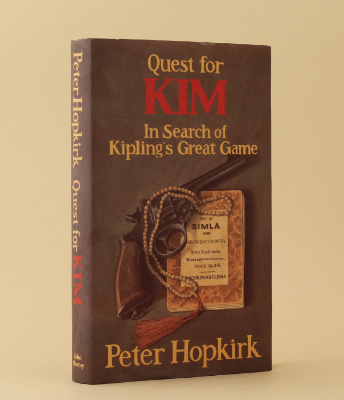
Frederick Burnaby (see also On Horseback Through Asia Minor, by Burnaby ).

Arthur Connolly at the hands of the emir of Bukhara and the various adventures of Col. Some of the more memorable episodes include: the disastrous Anglo-Afghan War of 1839-1842 (also the subject of the second half of MM Kaye’s Far Pavilions) the chilling fate of Col.

The Great Game is composed of stories about individual players -Russian and British, winners and losers, failures and heroes. Nevertheless, it takes a master storyteller’s skill to make history read like a novel or rather, a series of novellas. With this sort of subject matter, Hopkirk had a head start in crafting an intriguing narrative (as Kipling recognized when he transformed the Game into an adventure story in Kim). Spies, soldiers, diplomats, officers, and others to the north and south of this region all played a part in the effort to expand their respective empire into this region. Those who have read Rudyard Kipling’s Kim, or anyone familiar with the history of 19th-century Central Asia, will know, as I did not, that the term “Great Game” refers to the contest between the Russians and the British for control of Afghanistan and the territory that is now the Central Asian republics–everything between modern-day Pakistan (then British-occupied India) and Russia. Until I read Peter Hopkirk’s The Great Game: The Struggle for Empire in Central Asia, I was woefully ignorant of the events that took place in Central Asia during that era, despite having lived in Pakistan for two years after college.

I must have slept through the unit on the 19th century in high school World History.


 0 kommentar(er)
0 kommentar(er)
